Market Analysis
In-depth Analysis of Asia Pacific Graphene Market Industry Landscape
The Asia Pacific graphene market is undergoing dynamic changes, driven by a convergence of factors that influence both the supply and demand sides of this cutting-edge industry. Graphene, a single layer of carbon atoms arranged in a hexagonal lattice, possesses remarkable properties such as high conductivity, strength, and flexibility, making it a sought-after material for a wide range of applications. The market dynamics are characterized by technological advancements, research breakthroughs, regulatory considerations, and the diverse applications of graphene in the rapidly growing economies of the Asia Pacific region.
Technological advancements contribute significantly to the dynamic nature of the Asia Pacific graphene market. As researchers and scientists explore new methods for producing graphene and enhancing its properties, the material becomes more accessible for various applications. Advances in scalable production techniques, such as chemical vapor deposition and liquid-phase exfoliation, contribute to reducing the cost and improving the commercial viability of graphene, impacting its market dynamics. The Asia Pacific region is at the forefront of many graphene-related research initiatives and collaborations, driving innovation and influencing the market landscape.
Research breakthroughs and discoveries play a pivotal role in shaping the market dynamics of graphene in Asia Pacific. Ongoing research efforts focus on unlocking the full potential of graphene in fields ranging from electronics and energy storage to healthcare and materials science. As new applications are identified, the demand for graphene evolves, influencing both its supply chain and market pricing. Breakthroughs in areas like composite materials, flexible electronics, and energy storage drive the market forward, creating opportunities for innovative applications that are particularly relevant in the dynamic economies of the Asia Pacific region.
Regulatory considerations are an important factor influencing the market dynamics of the Asia Pacific graphene market. As the graphene industry matures, regulatory frameworks are evolving to address safety, environmental, and health concerns associated with the production and use of graphene-based materials. Compliance with regional and international standards is crucial for manufacturers and researchers, shaping the market dynamics and influencing the adoption of graphene in various applications across Asia Pacific countries.
The competitive landscape fosters innovation and efficiency in the Asia Pacific graphene market. Companies are continually striving to differentiate themselves by offering high-quality graphene products, exploring novel applications, and improving production processes. The collaborative ecosystem involving academic institutions, research organizations, and industry players in the region contributes to the overall growth and competitiveness of the graphene market. This collaborative approach facilitates the exchange of knowledge and accelerates the development of graphene-based technologies.
The diverse applications of graphene contribute significantly to the dynamic landscape of the market in Asia Pacific. From conductive inks and coatings to advanced materials for electronics, energy storage, and healthcare, graphene finds use in a wide range of industries across the region. The development of graphene-based batteries, sensors, and composites opens up new avenues for growth, and the Asia Pacific market is quick to embrace these innovations, fostering the dynamic nature of the graphene industry.
Socio-economic factors, including population growth, urbanization, and industrialization, contribute to the market dynamics of graphene in Asia Pacific. As countries in the region experience rapid economic growth and technological advancement, there is an increasing demand for efficient and sustainable solutions, driving the adoption of advanced materials like graphene. The dynamic nature of emerging economies in Asia Pacific positions the region as a significant player in shaping the future of the global graphene market.


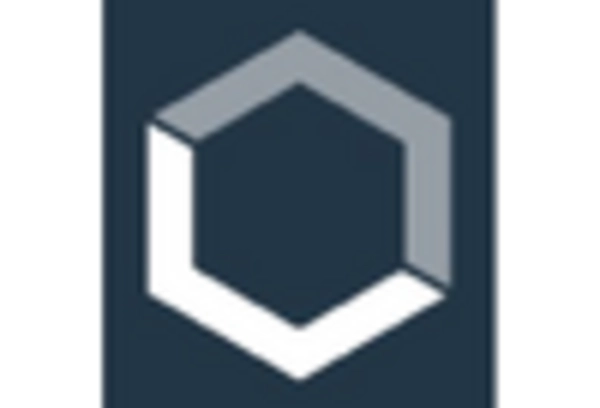

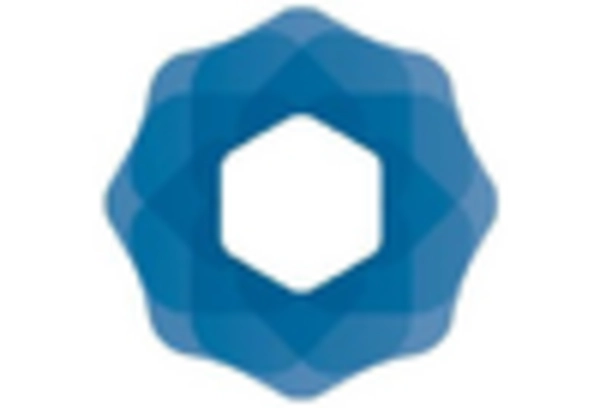
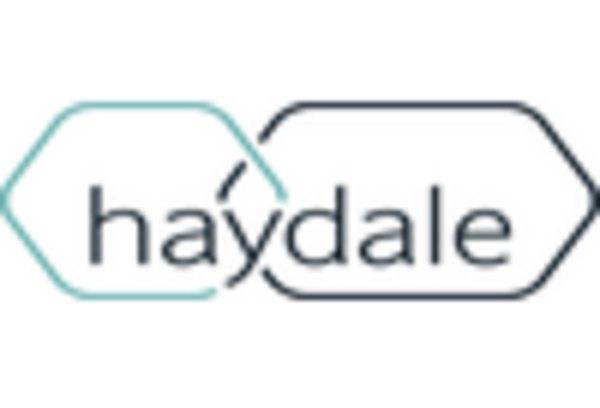
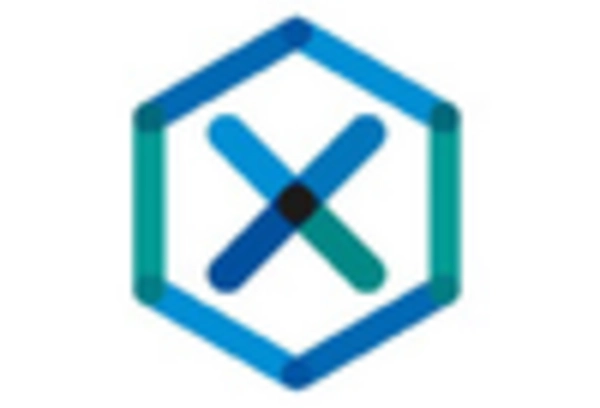
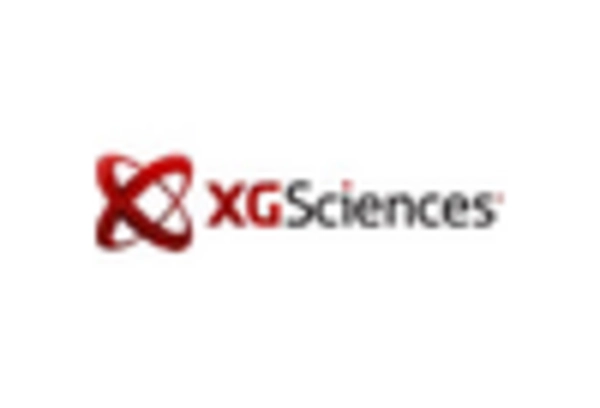









Leave a Comment